Calisthenics isn’t some long-forgotten secret of yesteryear that gives you an instantly ripped body for free.
During the ancient times of Greece over two thousand years ago, men were fixated on attaining the perfect human form. To achieve the Greek ideal of beauty, people used calisthenics as a way to reach peak athletic form.
Today, everyone from professional athletes and fitness enthusiasts to military members and law enforcement use calisthenics as an integral part of their wellness routines.
All it really means is any form of exercise that can be done without special workout equipment to develop flexibility, improve strength, and build muscle.
As with any type of workout, it’s important to maintain a proper diet that compliments your calisthenics regimen for maximum effectiveness.
Keep reading to learn more about how you can use nutrition in calisthenics to bulk up muscle safely and efficiently.
Table of Contents
Diet and Calisthenics: A Guide To Muscle Building
Is There an Ideal Diet For Calisthenics?

There is no perfect calisthenics diet that is guaranteed to work for you, and you should always talk with your healthcare professional before making any kind of drastic changes to your diet.
What, how, and when you eat is largely determined by how much thought you put into it, your fitness goals, and most importantly, the kinds of foods you keep in your kitchen.
According to Daniel DeMoss, personal trainer, blogger, and owner of Dumbbells Review in Denver, Colorado, “Eating enough protein and keeping your calories in check are fundamental nutrition principles when it comes to muscle building. But really, you don’t need to follow a strict diet to see results.”
DeMoss is echoed by the USDA (United States Department of Agriculture) who recommends sustainable lifestyle habits that will help you maintain your weight in a healthy range.
After all, a short-term diet is not the answer to long-term weight management.
That being said, there are many ways you can adjust your current diet to build more muscle without having such a drastic change to what you eat.
There are plenty of vegan, vegetarian, and celiac-friendly dietary options, as well as goal-specific diets that you can draw inspiration from for bodybuilders, different weight brackets, and virtually anything else you can think of.
Principles of A Muscle Building Diet: Do’s and Don’ts
Here are a few tips and tricks that you can easily integrate into your current nutrition plan to develop better eating habits for your personalized muscle building diet:
- DO stay hydrated. For optimal performance and health, it’s critical to be aware of and adequately fulfil your hydration needs
- DO know your nutrients. Nutrients like protein, carbs, and fat, each play essential roles in your diet
- DO create a diet plan and schedule that you don’t have to force yourself to comply with. You’ll be more successful physically, mentally, and socially for it
- DON’T limit your protein to certain meals. You need adequate protein at every meal to get the best possible results from your workouts
- DON’T depend on the internet to supply a quick-fix diet. Talk to your primary care physician, a nutritionist, or a dietitian before making any significant changes to your diet
Calisthenics Diet: What To Eat To Build Muscle
Cut Your Calories: Take Out Sugary & Processed Foods

One of the best ways to start making small changes is to swap processed food and drinks with high sugar content.
Try making a couple of these switches a day to start yourself off and start using nutritional information to keep up your good habits when grocery shopping.
For drinks, try: skimmed or 1% milk rather than whole milk, water or 100% fruit juice instead of cola or fizzy drink, and swap syrupy sweet cordials for flavoured sparkling water.
For food, try substituting: fruit instead of sugar on your breakfast cereal, natural low-fat yoghurt instead of full-fat greek yoghurt, whole grain varieties of bread instead of white, and vegetable-based sauces instead of cheesy or creamy sauces.
In addition, if you cut your calories, you can lose as much muscle as fat by forcing your body into a caloric deficit.
Employing different strategies like the use of total-body strength training, gradually lowering calories, or trading calories for carbs can help you to lose fat mass without giving up your muscle tone or bulk.
The UK’s National Health Service generally recommends 2,000 calories per day for women and 2,500 calories per day for men on average.
You can also use online calorie calculators to estimate your daily caloric burn and determine how many calories you should be taking in for your muscle gain goals.
Choose Your Protein: Lean Meats
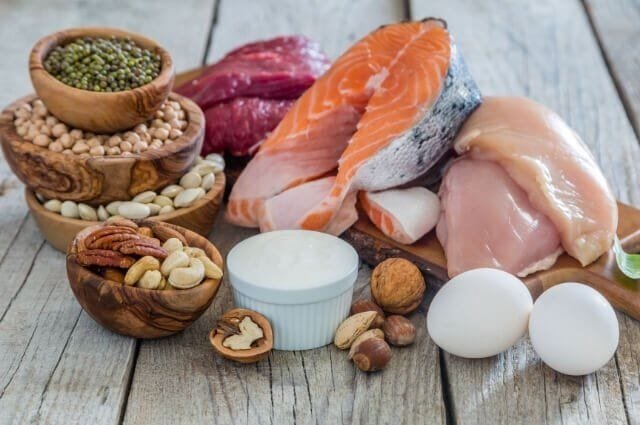
As you become more familiar with nutrition labels and how they impact your diet, you’ll find yourself making healthier choices out of habit.
When it comes to buying meat, that means picking leaner cuts at the deli and getting particular about your pre-packed meats.
Also, be sure to avoid processed meats like pâté, sausages, and salami which often have high sodium and fat contents. Instead, go with skinless chicken or turkey.
You can also cut down on the fats in your meat during your meal preparations, depending on the method of cooking that you use.
Reduce the number of saturated fats and kilojoules in the meats you cook by oven-roasting, pan-roasting, or air-frying meats rather than deep-frying.
By incorporating a balanced variety of red meats, fish, and poultry into your diet, you’re providing your body with all of the protein it needs to build muscle mass naturally.
Lean meats are also a rich source of iron, zinc, and vitamin B12 — all of which are vital to the function of several processes and systems throughout the body.
The British Nutrition Foundation suggests 0.75g of protein per kilogram of body weight per day for the average adult and around 1.2-1.7g of protein per kilogram of body weight per day for strength training and endurance athletes.
They also state that “A modest 20g of high-quality protein, equivalent to approximately half of a medium-sized grilled chicken breast or a small can of tuna, has been shown to be enough for optimum muscle protein synthesis following any exercise or training session”.
Protein Supplements: Whey & BCAA

It’s not uncommon to hear people chatting about their seemingly endless supply of protein supplements when working out at the local gym.
It’s pretty much a given that at some point someone is going to try to rope you into buying some kind of magic-bullet something or other that will trim your figure or cut your muscles overnight.
Don’t get bogged down in the hype over whatever the latest gym and fitness fads are and stick with the basics that have been proven to work.
Supplements like whey protein and branched-chain amino acids (BCAAs) only accelerate muscle growth and power if you’re not getting enough protein already from your diet.
On average, people in the UK already eating almost twice as much protein than you need. The same goes for anyone living in the US or Australia.
However, if you’re still worried that you’re not getting enough of the right proteins in your diet, you can simply start consuming more protein-rich foods in your diet for a natural protein boost that’s much cheaper than protein supplements.
If you are getting your protein from supplement powders or pills, the recommended dosage on the packaging is commonly between 25-30 grams per day, after workouts.
Most whey protein shakes contain around 20g of protein. Remember though; you only need 0.75g per kilogram for the average adult and 1.2-1.7g per kilogram for athletes when it comes to protein; supplements included.
Load Up On The Good Stuff: Vegetables & Fruits
Fruits and vegetables can improve grip and muscle strength in addition to supplying dietary fibre, vitamins and minerals, and key antioxidants that can help to boost your immune system and aid in disease prevention.
Despite these benefits, a 2018 study conducted in England found that only 28% of Brits eat enough portions of fruits and veggies per day.
The World Health Organization (WHO) suggests that a healthy diet for all adults should include at least 400 g (about 5 portions) of fruit and vegetables per day, not including potatoes or starchy roots.
They recommend incorporating raw or fresh vegetables and fruit in meals and as snacks throughout the day to help get to this mark.
For a high protein summer berry, try a serving of guava for 4.2 g of protein, 23.6 g carbs, and only 112 calories and 1.6 g of fat.
Guava also contains fibre, niacin, potassium, and a variety of other vitamins as well. Mangos also pack a double protein and carb punch with 1.7 grams and 32.3 grams, respectively.
Need some veggie ideas for your calisthenics diet? Try spinach raw or increase its fibre content by boiling it. Either way, it’s full of 7g of carbs, 5g of protein, and only has a measly 41 calories and 0.5g of fat.
And don’t forget about artichokes. They’re far more than just a dip ingredient or pizza topping. A medium-sized artichoke contains tons of folic acid, dietary fibre, 13 grams of carbs, and 4.2 grams of protein, making it perfect for muscle-building.
Energize Well: Complex Carbohydrates

There’s really no reason to avoid carbs, despite what you may have been told by fad diets and get thin quick schemes.
Carbohydrates come in various forms, but the most common ones include starches, sugars, and fibres.
Carbs get converted into glucose that your body uses as energy for your organs, tissues, and cells for immediate use and gets stored in your liver and muscles for when it’s needed later.
Depending on their chemical structure, carbs are classified as either complex or simple. Complex carbohydrates include whole-grain cereals and slices of bread, starchy vegetables, legumes and many other great dietary fibre sources.
Stick with healthy carbohydrates like unprocessed grains and beans, and fresh fruits and veggies rather than refined foods that can contribute to weight gain and cause an increased risk for diabetes and heart disease.
Your carb consumption should make up between 45% and 65%, the equivalent of between 225 and 325 grams, of your total caloric intake daily.
Carbs also help to balance your body’s sugar levels, lower blood pressure, aid in digestion, and help to speed up muscle recovery.
Just make sure you’re eating the right amounts of the right kind of carbs and you should be good to go.
How many times you go home tired and struggle with what to be cooked and end up ordering something? We all know that hunger pangs really hit hard and then it is a battle between your convenience and health in which the convenience wins.
Also, all the calories created are not equal. Different foods go through different metabolic pathways in the body. They affect differently on the hunger hormones and the calories that are burnt. So, with going to the gym, employ these foods in your daily routine to stay fit and active.
Shed Some Pounds: 7 Super Foods that Help You Lose Weight
1. Whole eggs:
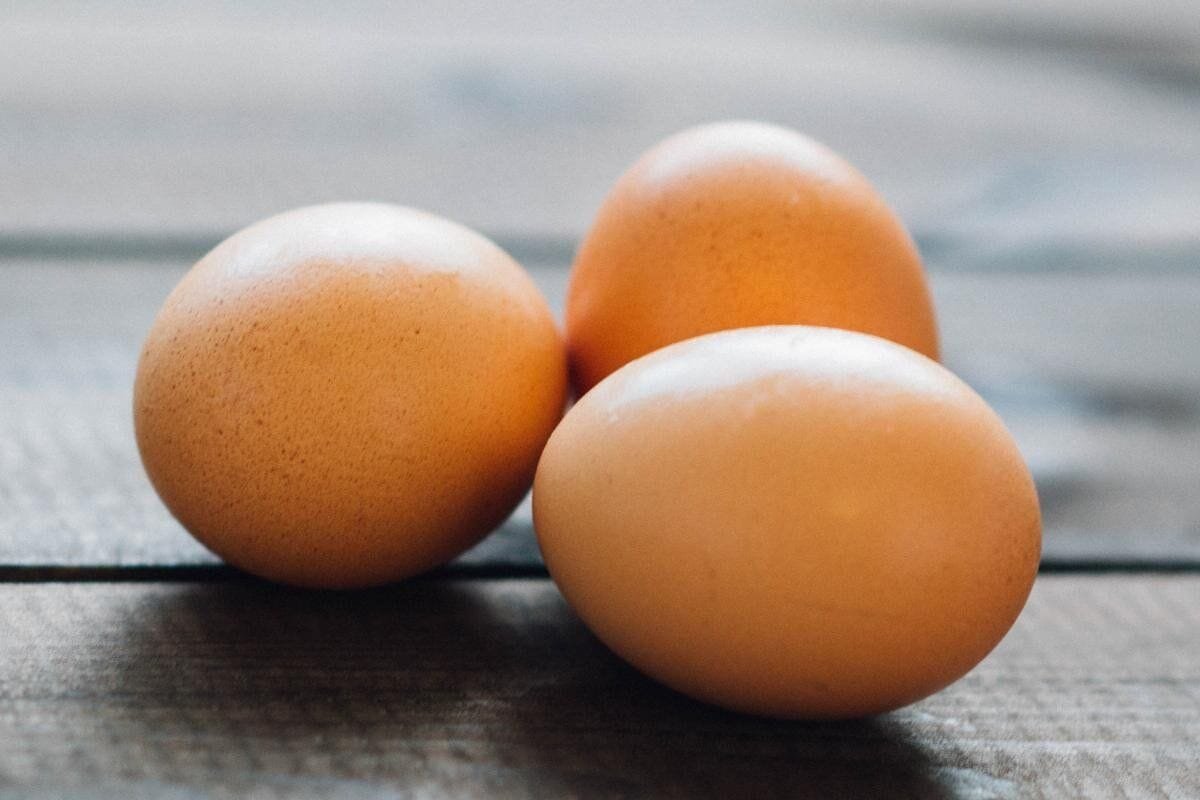
To the contrary, eggs are the best food that you can eat if you need to lose weight. They’re rich in proteins, healthy fats and can make you feel full even with low calories. There’s a myth about eggs that they affect the blood cholesterol levels and lead to heart attacks.
Eggs are also rich in nutrients and can help you in getting all the nutrients that you’d need on a calorie restricted diet. All the essential nutrients are found in egg yolks. A study shows that eggs for breakfast act as a catalyst in the weight loss on a calorie restricted diet.
2. Green leafy vegetables:

Green leafy vegetables such as kale, spinach, cabbage, collards, make them a perfect for a weight loss diet. They’re rich in fibre and contain a lesser amount of calories and carbohydrates.
Eating green leafy vegetables is an effective way to increase the volume of your meals without increasing the calories. Along with this, Green leafy vegetables are rich in vitamins, antioxidants, and minerals.
3. Grapefruit:

Grapefruits are a powerhouse of vitamin C, folic acid, potassium, and pectin- a soluble fibre that helps in fighting atherosclerosis. Pink and red varieties of Grapefruit are dense in vitamin A and lycopene, a phytochemical which protects arterial walls from oxidative damage.
4. Salmon:

Fishes like salmon are extremely healthy. They’re loaded with quality protein, healthy fats, and all the essential nutrients. Seafood is a rich source of iodine and is essential for the proper function of the thyroid which is important to keep the body’s metabolism in its optimum condition.
Oily fishes like salmon are also loaded with Omega-3 fatty acids which are helpful in reducing inflammation. Other fishes such as Mackerel, trout, sardines, herring are also helpful in reducing calories.
5. Lean meat:
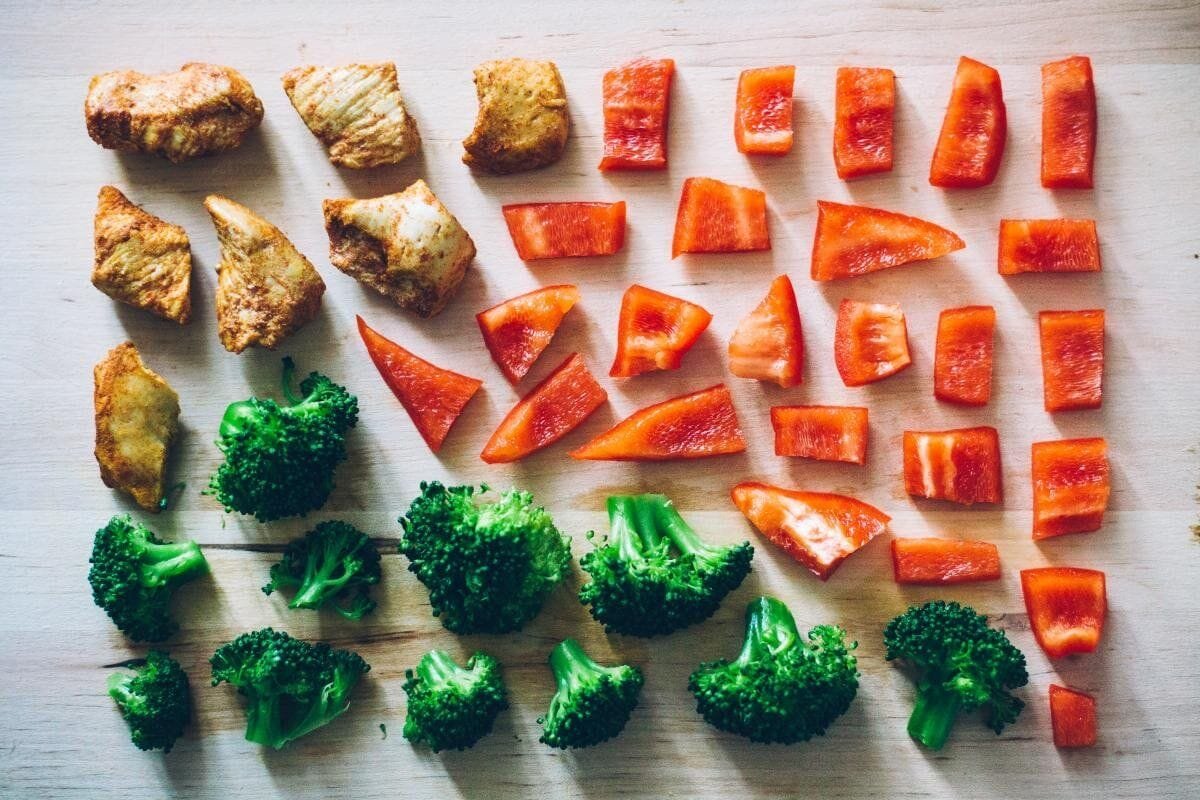
Health benefits of lean meat are many. They’re a weight loss friendly food. As they are rich in proteins they leave a person feeling full and would also make them burn up 80 to 100 percent of calories.
Studies have shown that an intake of about 20-30% can cut cravings by 60% reducing the need for the late night munching. However, if you’re on a low-carb diet, you can eat fatty meats. But if you’re on a moderate to high carb diet, choosing lean meats would be more effective.
6. Potatoes:
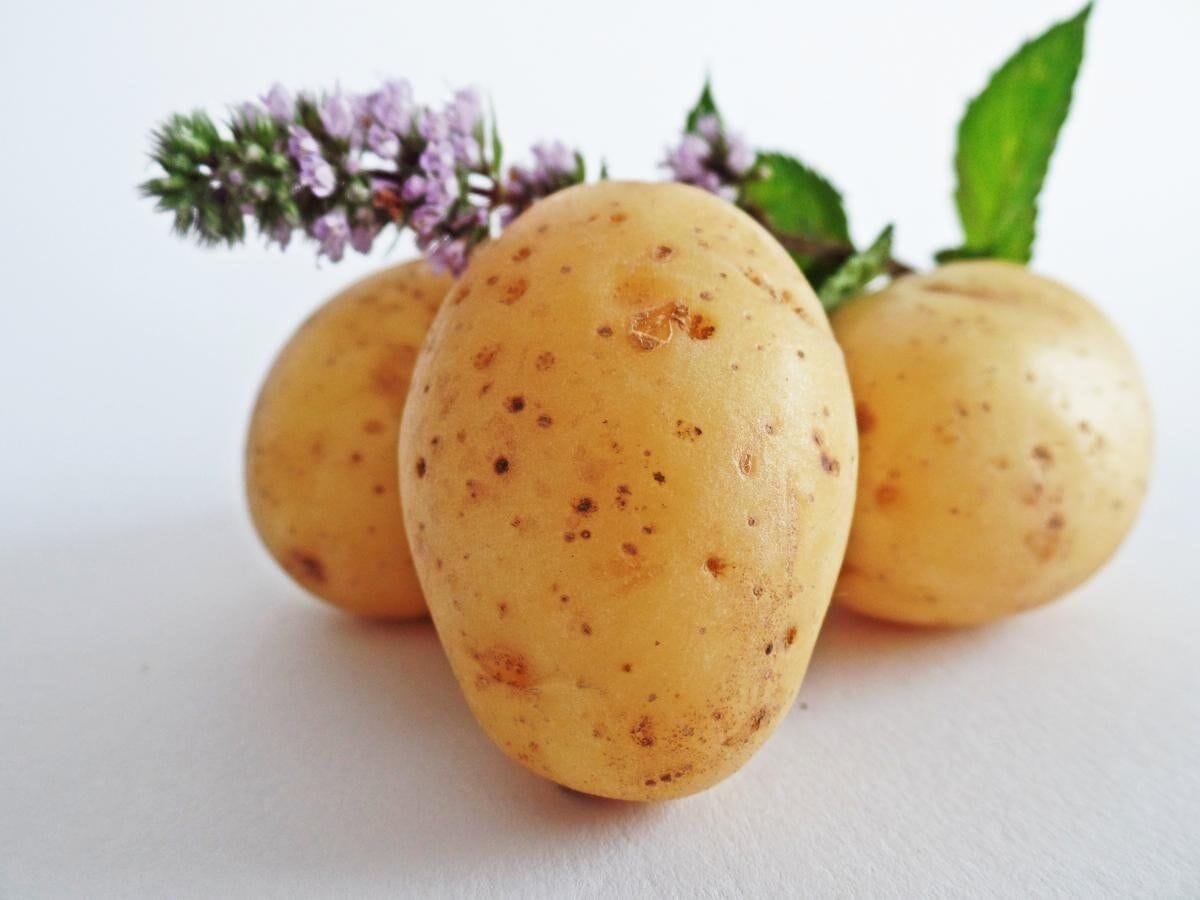
Potatoes are a versatile vegetable and can go well with almost all other vegetables. The reason being, they contain several properties which make them perfect for weight loss and optimum health. They’re high in potassium and plays an important role in blood pressure control.
If you boil potatoes and allow it to cool down they’ll form a starch like substance that has been shown to have all sorts of health benefits. Other than potatoes, turnips and sweet potatoes are also good for a weight loss plan.
7. Avocado:
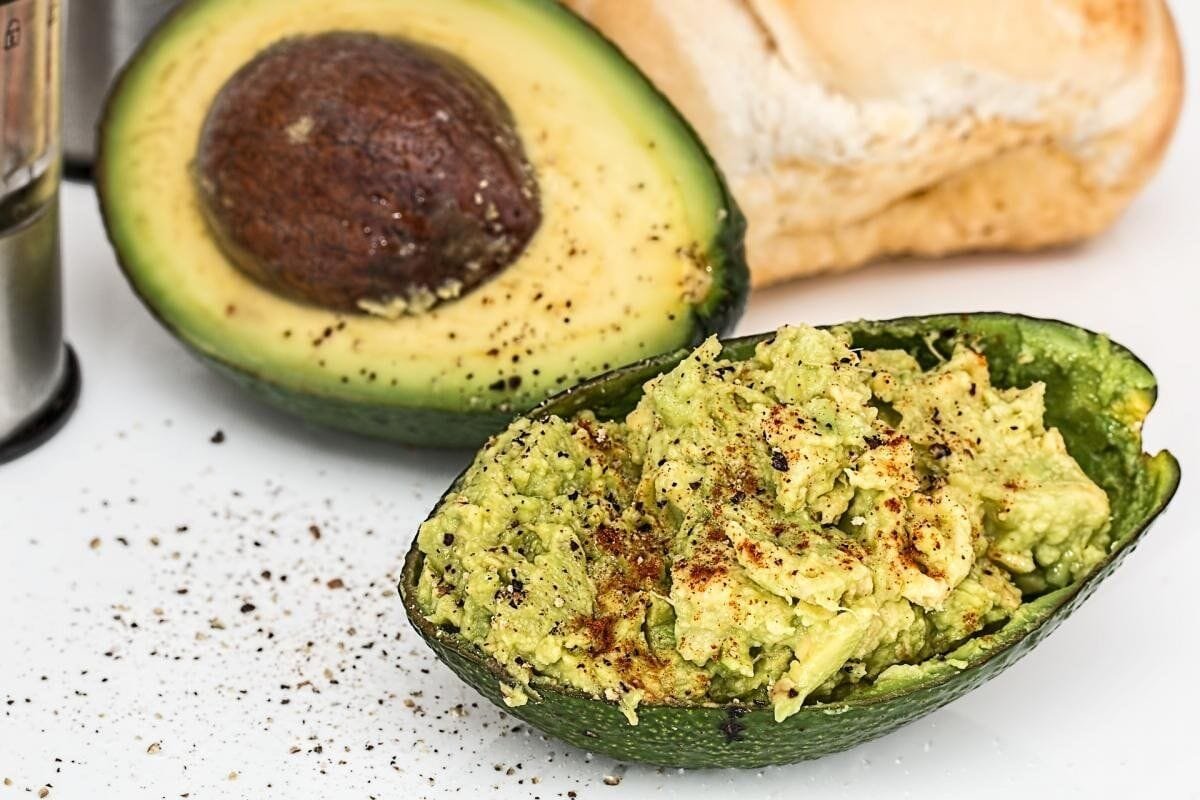
Avocados are a gift for those on a weight loss plan. They’re dense in healthy fats. Along with this, they’re also high in monounsaturated oleic acid and contain lots of water. They’re perfect for salad preparations as they can increase the nutrient uptake from the vegetables.
Employ these amazing foods in your day to day routine to stay in shape and healthy. Also, don’t forget to exercise regularly and maintain a healthy lifestyle.
In Conclusion
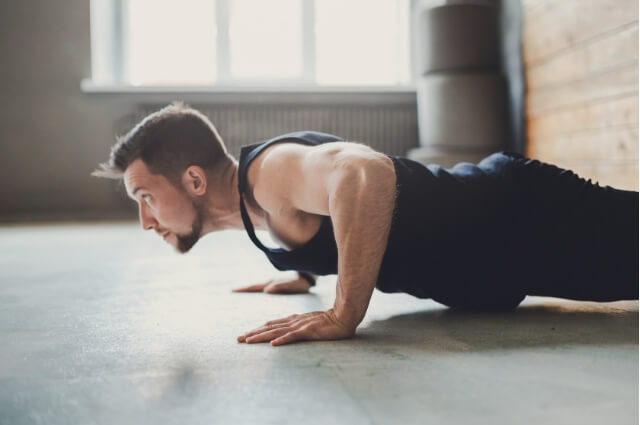
Before we wrap things up, here’s a sample one-day meal plan based on 2000 calories per day to help inspire you on your path to eating and exercising better with your custom calisthenics diet.
- Asparagus and Cashew Omelet, Nonfat Yogurt with Guava Fruit
- Two Avocado, Spinach and Tomato Sandwiches, Sliced Mango
- Peanut Butter & Raw Carrots
- Mayo & Chicken Bagel, Grapes
When planning your meals, keep in mind that you want to maintain a balance of fruit, vegetables, grains, and sources of protein throughout your day.
While there may not be any one-size-fits-all option for calisthenic diets, you can get lasting results and develop healthy habits that will follow you throughout your fitness journey by making better nutrition choices and regularly performing your calisthenic exercises.

Founder of www.calisthenics-101.co.uk. Training calisthenics since 2012.
Currently working on: 30 second one-arm handstand, muscle-up 360, straddle planche.


Informative Content To Educate all The People Out There about The Right Calisthenics Diet to Build Muscle. Keep up the Good work.